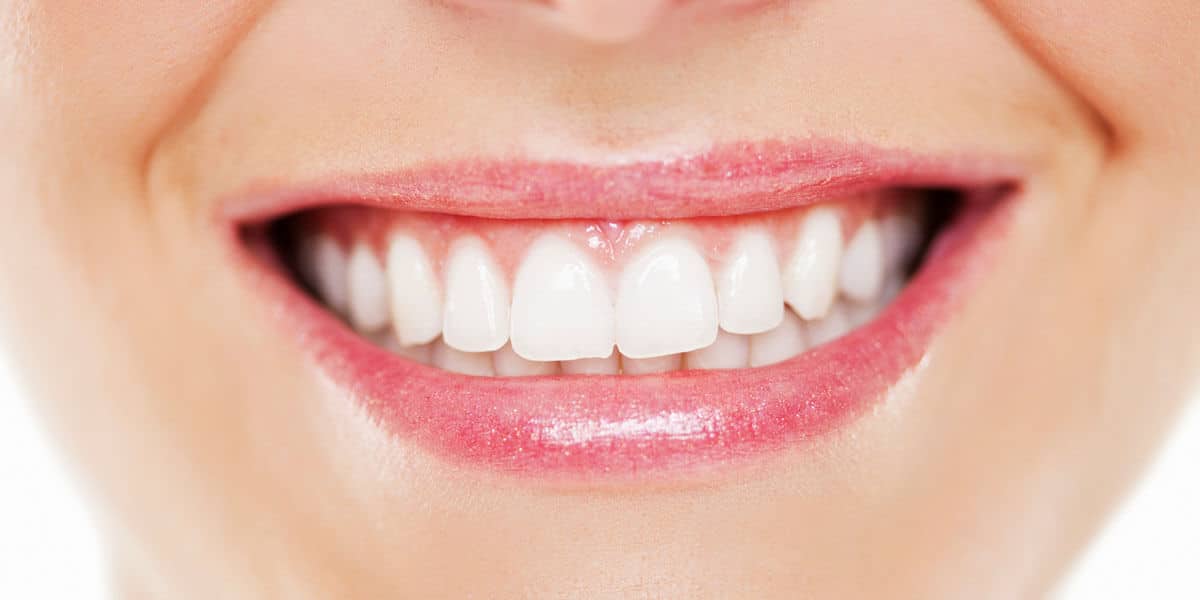Gingival (Gum) Grafting in Monmouth County

Progressive Periodontics & Implant Dentistry provides gum grafting services in Eatontown and Howell, NJ. Call one of our two locations to learn more and schedule your appointment.
Gum recession may be caused by aggressive tooth brushing, genetic predisposition, gum disease, or injury; but, whatever the reason, receding gums can be uncomfortable and put you at risk for additional damage to the teeth and bone structure. There is an increased risk for root cavities. Gum is a simple procedure used to repair areas of root exposure.
Also known as a soft tissue graft, a gum graft typically involves taking tissue from another part of the mouth—either gum tissue adjacent to the affected tooth (a pedicle flap), the back of the mouth, or the roof of the mouth. Another possible solution is a coronal pedicle graft, a process in which the gum tissue around the receded tooth sites is loosened and repositioned over the exposed root. A donor graft from a tissue bank may also be used when warranted.
The gum graft is stabilized into place; we may opt to use Stem Cell-like or Platelet Rich Fibrin (PRF) materials to promote healing and tissue regeneration. Gingival grafts have a high rate of success and a low risk of complications.
Why Gum Grafts Are Recommended
We recommend gum grafting for the following reasons:
Cosmetic
Many patients are unhappy with their smiles because they feel their teeth are too long or their gums are uneven. Gum grafts are a simple way to remedy this and improve the appearance of your smile.
Comfort
The most common reason why patients request gum grafting is because exposed roots can cause painful sensitivity to hot, cold, and even sweet foods. This can make eating quite uncomfortable. A gum graft can reduce tooth sensitivity that results from receded gums.
Health
When significant gum recession occurs, gum grafts are an important part of your overall treatment. When the roots of teeth are exposed, they’re vulnerable to cavities; your teeth may also become loose and shift. Combined with bacterial plaque, you can begin to lose the bone structure that supports your teeth at an accelerated rate potentially causing tooth loss and, causing a prematurely aged appearance. With gum grafts, you can stop and potentially reverse many of the effects of this type of gum disease. Gum grafting is an effective way to cover and protect tooth roots, helping extend the health of the tooth and supporting bone structures.
Frequently Asked Questions About Gum Grafting
How painful is a gum graft?
Typically, you won’t feel much, if any, discomfort during your gum grafting procedure because the areas where we’re working will be numbed with local anesthetic to ensure that you’re comfortable throughout your treatment. Once you go home and the anesthesia begins to wear off, it’s likely that you’ll feel some tenderness and sensitivity. Cold compresses and ibuprofen and acetaminophen (Tylenol®) are usually used to help alleviate any soreness you experience.
How long does it take for a gum graft to heal?
Many patients are surprised by how fast they recover from their gum grafting surgery. Initial healing usually takes only one to two weeks with full function in a month.
Is gum grafting permanent?
Assuming your gum disease is under control and you practice proper oral hygiene, your gum graft should maintain the gains made very well.
Can I reverse receding gums?
No, you can’t reverse receding gums on your own. The only way to restore lost gum tissue and cover exposed roots is with gum grafting.
Call us at 732-389-3400 to schedule your appointment.